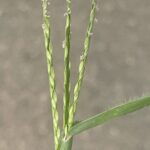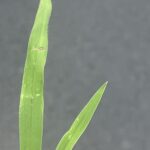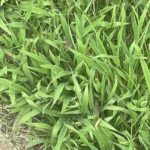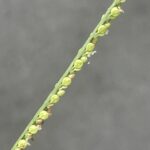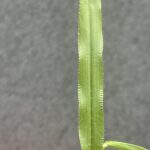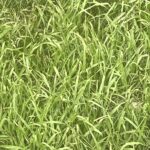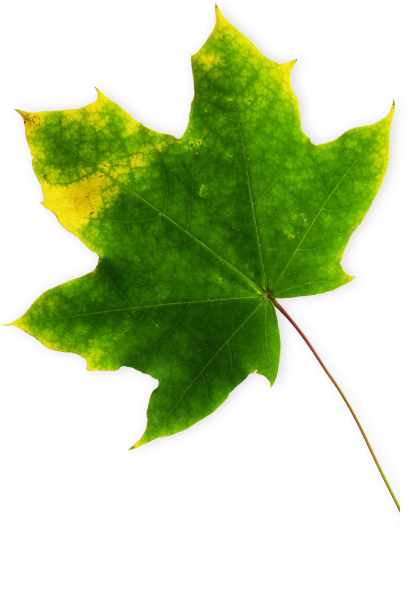Let’s explore the defining characteristics of two unwelcome grassy weeds that often infiltrate our lawns: Crabgrass and Dallisgrass. These unwanted guests can disrupt the beauty of our well-tended green spaces. It is vital to discern the nuances between these two grass species to effectively combat their proliferation. Join us as we delve into their dissimilarities, including a close examination of their seedheads.
Crabgrass: The Opportunistic Intruder
Crabgrass (Digitaria spp.), a warm-season annual, is known for its quick invasion during late spring. It eagerly establishes itself in areas where the grass cover is sparse or the soil is left exposed. Thriving throughout the warm months, it eventually succumbs to the first frost in autumn. As we investigate Crabgrass, we cannot overlook its distinctive seedhead characteristics:
- Appearance: When Crabgrass matures and starts producing seeds, it forms a unique seedhead resembling a series of finger-like projections. This seedhead is more extensive than the leaves and comprises numerous tiny, bead-like seeds. As it matures, the seedhead takes on a reddish-purple hue, making it conspicuous amidst the surrounding turf.
- Growth Pattern: The prolific seed production of Crabgrass allows it to generate thousands of seeds per plant. These seeds remain dormant within the soil, biding their time to germinate in the following year, adding to the challenge of complete eradication.
- Preferred Habitat: Crabgrass thrives in areas receiving abundant sunlight, especially in lawns suffering from soil compaction, inadequate maintenance, or drought stress.
Dallisgrass: The Perennial Persistence
Dallisgrass (Paspalum dilatatum) represents a perennial grass species that takes root during the warm season and persists even through the cooler months. Unlike Crabgrass, Dallisgrass is a perennial weed, making its eradication more challenging. As we examine Dallisgrass, let us also take note of its distinctive seedhead features:
- Appearance: When Dallisgrass matures and produces seeds, it forms a conspicuous, finger-like seedhead that stands out amidst the regular turfgrass. The seedhead is characterized by its V-shaped arrangement of spikelets, which are elongated flower clusters. These spikelets house the seeds, making them distinguishable from Crabgrass seeds.
- Growth Pattern: While Dallisgrass does produce seeds, it also spreads through an extensive root system known as rhizomes. These underground runners enable it to persist and spread rapidly, particularly in areas with moisture or poor drainage.
- Preferred Habitat: Dallisgrass thrives in warm, moist environments and can adapt to various soil types. Lawns, pastures, and roadside areas are common places where Dallisgrass can take hold.
Management and Preventive Measures:
- Crabgrass: To effectively control Crabgrass, a proactive approach is crucial. Maintaining a healthy lawn with sufficient thickness is the first line of defense. Regular mowing at the appropriate height helps to shade the soil and prevent Crabgrass seed germination. Applying pre-emergent herbicides before the soil temperature reaches approximately 55°F in early spring significantly reduces seed germination.
- Dallisgrass: Managing Dallisgrass demands greater effort due to its perennial nature and rhizomatous root system. Manual removal, such as hand-pulling, is discouraged as it can exacerbate its spread. Instead, targeted spot treatments with post-emergent herbicides specifically designed for Dallisgrass are recommended. Adequate watering and proper drainage practices discourage its growth in the long term.
In conclusion, Crabgrass and Dallisgrass are distinct grassy weeds that can infiltrate our lawns and disrupt their appeal. Understanding the dissimilarities between these invasive grasses, including their unique seedhead characteristics, empowers us to employ effective control and prevention strategies. To ensure comprehensive weed management and a thriving lawn, consulting professional lawn care services, such as Natural Tree and Lawn Care, is a prudent choice. Our expertise will help tailor solutions to address the specific requirements of our lawns, ensuring their year-round vitality and freedom from undesirable grassy invaders.
